The transport and logistics industries are changing and a new commercial route has now opened — and this route doesn’t go from Shanghai to Rotterdam, or from Marseilles to New York — this route is quite different.
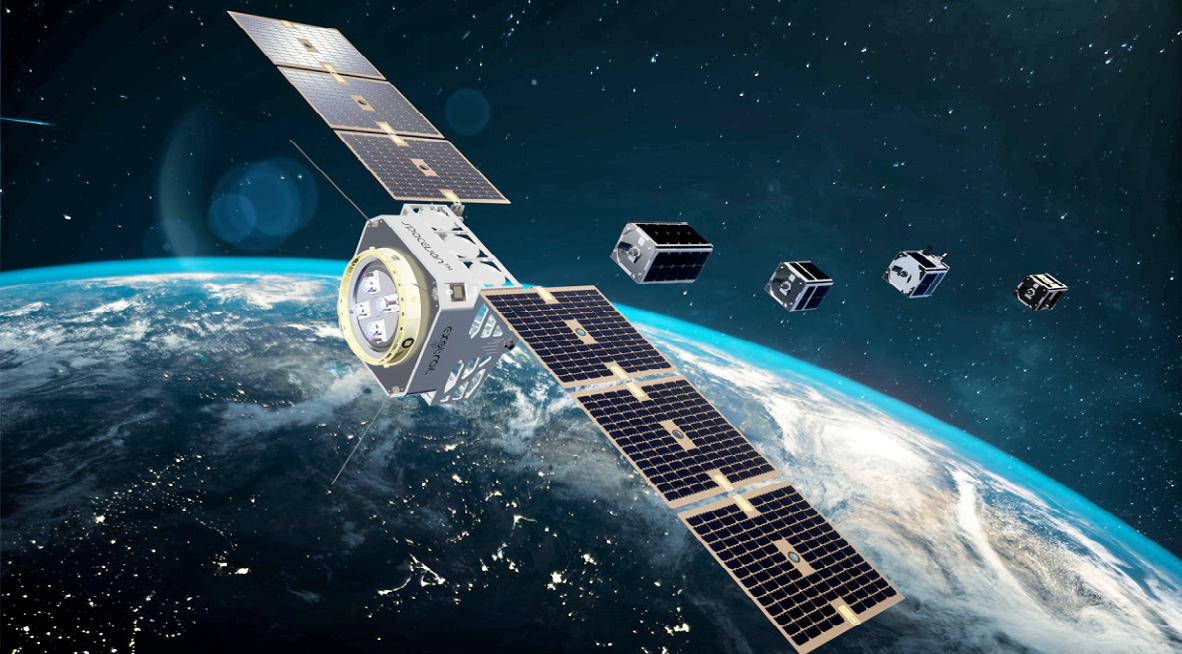
Artistic rendition of Exotrail’s OTV - SpaceVan™
This route is from the surface of this planet into Low Earth Orbit (LEO). Exotrail is introducing MobilityHub™, the company’s end-to-end, space mobility, operator vision, dedicated to building economically and environmentally sustainable constellations. This article describes the holistic space mobility product vision... a vision the company has built from the first day of existence.
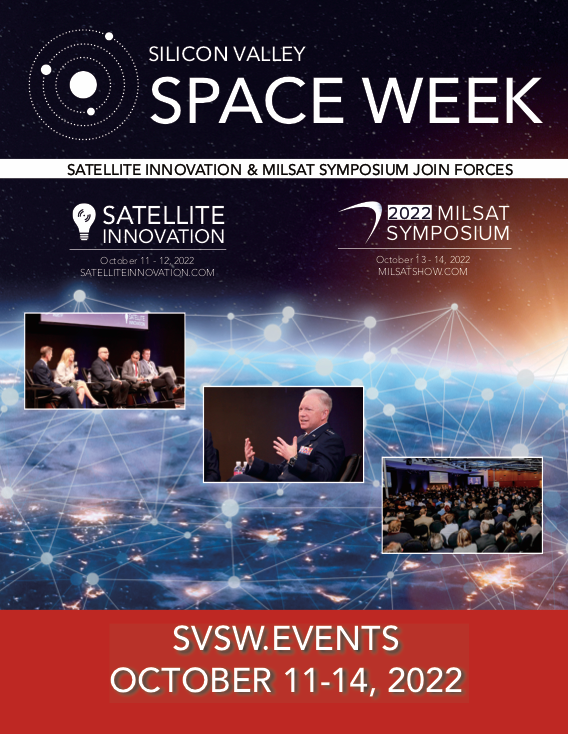
During the 60’s, new, affordable, commercial shipping routes opened that were driven by companies such as CMA-CGM and Maersk. This created a global market where product was moved from one continent or country to another. Product was transported from a manufacturing site to immense cargo ships that carried multiple customers’ products. Once loaded, the ships departed for their destination ports — when they arrived, the product was transported to the end customers.
This fragmented process sparked a requirement to integrate stakeholders across the value chain to offer customers an end-to-end logistics service. Today, this service is being fulfilled by a new generation of end-to-end logistics companies, such as DHL, FedEx and Amazon.
A similar trend that existed in the 60’s is now being witnessed; however, this time the routes are between the surface of Earth and space. Since 2020, new, affordable, commercial routes have been opening, driven by companies such as SpaceX, Arianespace and others.
SpaceX pioneered a ‘rideshare’ model that offers a cost-effective way for satellite operators to deliver their satellites to their assigned orbits. Multiple satellites can now also share a single rocket, which then deploys the satellites to their various, orbital slots.
While this is a cost-effective way to reach space, it doesn’t allow satellite operators the ability to customize their orbit for their own business case or application. It creates a complex trade-off: pay significantly more to launch privately, but deploy in the optimal orbit for your constellation design, or pay significantly less to use a rideshare option and accept a predetermined launch orbit and associated reduced constellation performance.
In addition, there are countless other variables, such as maintaining orbits, avoiding collisions, and preventing the generation of space debris. This leaves satellite operators with a complex challenge which is difficult to understand, simulate and evaluate.
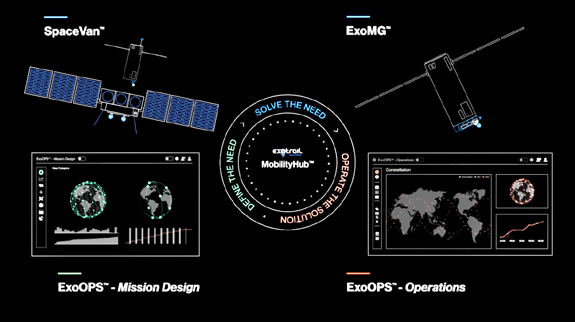
Operators are struggling to define their mobility requirements, understand the solutions available and don’t have the means to execute their mobility strategy. Exotrail understands this complex challenge facing operators and, since 2017, the firm has been working to provide adequate solutions to customers.
Exotrail, an end-to-end, space mobility operator, is dedicated to making satellites sustainable, both economically and environmentally. The company created the MobilityHub™ that encompasses the firm’s family of mobility solutions to provide customers with a reliable, end-to-end service. Exotrail created ExoOPS™ — Mission Design, a state-of-the-art design software that is used during the mission design phase by customers to collaboratively define their constellation’s mobility requirements. The product uses advanced flight dynamics and systems engineering software to accurately make informed decisions and possesses the proven ability to reduce launch costs by a factor of 10.
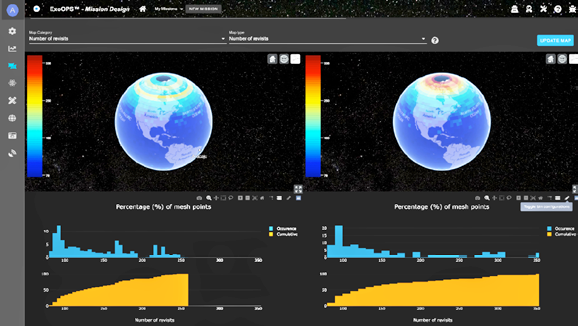
On Earth, apps such as Citymapper or Google Maps allow for the definition of a route, the journey’s duration and the means of transportation, without the user having to be an expert in cartography. In space, expertise in flight dynamics should also not be necessary to find a route, destination or means of transportation. This capability is afforded to everyone with ExoOPS™ - Mission Design.
The company’s SpaceVan™ – Logistics Services (see artistic rendition on the previous page) is used to solve customers’ logistics needs, post-launch. This is accomplished with the company’s fast, flexible and capable Orbital Transfer Vehicle (OTV) — SpaceVan™. This OTV has been designed to quickly provide orbit changes to quickly bring satellites online as early as possible. The software focuses on LEO plane changes with access to LEO inclined orbits as well as non-LEO orbits, such as geostationary orbits.
Exotrail then provides the appropriate means of transportation. Some customers want to pay for a SpaceVan™ ticket similar in manner as to how they would pay for a bus ticket. Some want to own their engine like they would own a car – Exotrail has ExoMG™. Some customers need to use both.
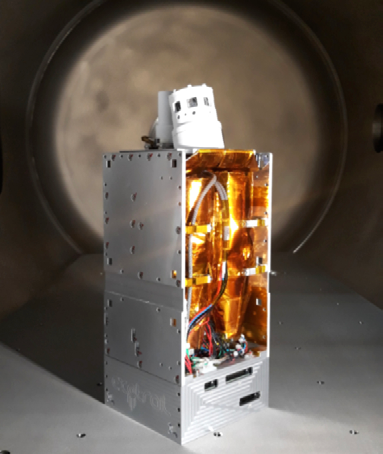
Photo of ExoMG is courtesy of Exotrail.
Exotrail also developed ExoMG™, a family of high-thrust, flexible, and space-proven electric propulsion systems to provide onboard propulsion to customers’ satellites and address their mobility needs throughout their missions. In some cases, onboard propulsion is the correct solution to provide operators with the ability to move from launch orbit to an operational orbit. ExoMG™ also allows customers to maintain or change the orbit during operations to optimize performance, avoid collisions and to perform quick deorbiting maneuvers.
The firm built ExoOPS™ - Operations, a user-friendly and best-in-class operations software to optimize and efficiently control customers’ satellites and constellations. Exotrail has shown the company can reduce operations costs by a factor of 25 through the use of the powerful Flight Dynamics engine and mission control workflow software.
ExoOPS™ - Operations allows customers to operate and automate the solution to their mobility problem — the solution to this problem does not translate itself into huge operating costs driven by a large operations and flight dynamics team on Earth.
ExoOPS™ - Operations accomplishes fleet optimization, whether Exotrail’s fleet of on-orbit satellites or a customers’ fleet. The transport and logistics companies that succeeded on Earth were the firms that vertically integrated and mastered software and hardware to provide end-to- end solutions.
At Exotrail, this has been the firm’s vision from day one. In the company’s 2017 pitch deck, the software is mentioned as well as the propulsion systems, SpaceVan™ service and vertical integration across the supply chain. While Exotrail has been flexible on how to deliver these services, the company has always been fixed on the vision: become a leader in end-to-end space mobility.

David Henri 
Jean-Luc Maria
Authors David Henri is Exotrail’s Co-Founder and Chief Product Officer and Jean-Luc Maria is also an Exotrail Co-Founder and Chief Executive Officer

